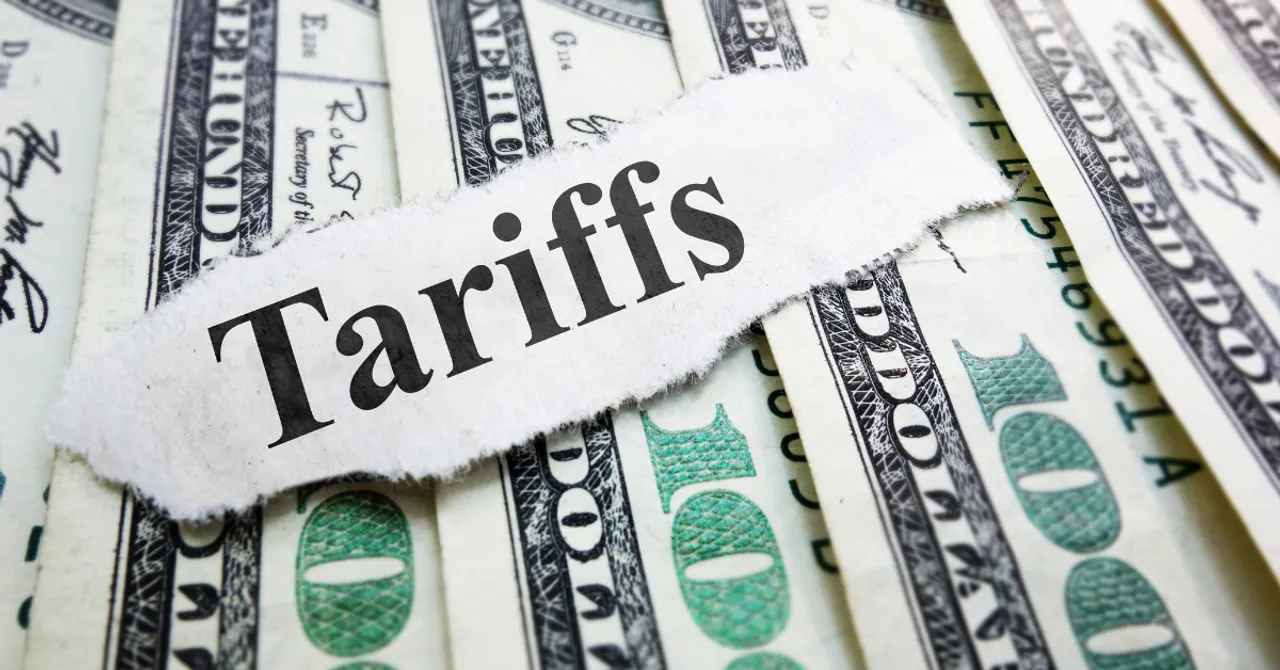In today's globalized market, dropshipping has emerged as a popular business model, offering entrepreneurs the opportunity to sell products without maintaining inventory. However, recent changes in U.S. tariffs have significant implications for dropshipping store owners. As these tariffs impact the cost of goods entering the United States, understanding and navigating these changes becomes crucial for maintaining profitability.
Heightened tariffs can directly affect pricing strategies for dropshipping businesses, as product sourcing from international suppliers becomes more expensive. It's essential for store owners to stay informed about which products are affected and to reassess their product lines accordingly. According to a recent report by the United States Trade Representative, tariffs may increase on various categories, including electronics and apparel, which are common in dropshipping.
To thrive amidst these challenges, dropshipping entrepreneurs need reliable solutions and expert guidance. This is where Taranker steps in, providing crucial support. Offering strategic insights and tools, Taranker helps store owners optimize their supply chains and mitigate the financial strain of new tariffs. By leveraging Taranker’s resources, store owners can ensure competitive pricing and resilient business practices in the face of these economic changes.
Overview of the New U.S. Tariffs

The latest round of U.S. tariffs has introduced significant changes affecting various industries, with a notable impact on dropshipping stores. These tariffs, aimed at balancing trade deficits and protecting local industries, primarily target goods from countries like China. They encompass a wide range of products from electronics to household items, which are crucial for many dropshipping businesses. According to the U.S. Trade Representative, these measures are expected to encourage local manufacturing but may cause short-term disruptions in supply chains. Reliable news outlets, such as The New York Times, highlight that while some sectors may benefit from protection, others may struggle with increased costs, potentially influencing pricing strategies and profit margins.
How Tariffs Affect Dropshipping Profit Margins
For dropshipping businesses, the introduction of new U.S. tariffs signals a significant challenge as these tariffs increase the costs of imported goods, which are pivotal to their business model. As tariffs rise, profit margins decline, particularly affecting popular product categories such as electronics, apparel, and home goods. These categories often rely on imported materials and manufacturing from regions subject to these new tariffs.

Industry experts like those from the Brookings Institution explain that higher tariffs can lead to increased prices or reduced profitability if price adjustments aren't feasible. This dynamic poses a critical concern for small and medium-sized dropshippers trying to maintain a competitive edge. Those engaged in dropshipping need to prepare for these changes and explore alternatives to mitigate negative impacts.
Adjusting Pricing Strategies for Dropshipping Success
The evolving landscape of U.S. tariffs can significantly impact dropshipping businesses, emphasizing the need for strategic pricing adjustments. Demonstrating effective pricing strategies is critical to manage tariff-induced costs and retain competitiveness.

- Optimize Supplier Relationships: Collaborating with suppliers to find cost-effective solutions can help mitigate increased expenses. Data from Business News Daily shows that successful dropshippers often renegotiate supplier terms to balance pricing strategies.
- Dynamic Pricing Models: Implementing dynamic pricing based on market demand and competitor analysis provides flexibility. Recent studies from Forbes highlight businesses that thrive by continuously adapting prices to market conditions.
- Incorporate Technology: Utilizing advanced pricing algorithms and tools can streamline the pricing process, as noted in research by Retail Dive. These tools offer insights into real-time changes, making swift adjustments achievable.
Gleaning insights from industry veterans and leveraging analytics can empower dropshippers to sustain competitive pricing amidst tariff fluctuations. For further guidance, turn to Taranker for expert assistance tailored to your dropshipping needs.
Leveraging Taranker's Tools and Services
Dropshipping businesses are navigating a complex landscape due to the recent introduction of new U.S. tariffs. Taranker emerges as a pivotal partner, providing tailored solutions to help these businesses thrive amidst challenges. Leveraging Taranker's advanced tools and services can significantly mitigate the impact of tariffs.
- Inventory Management: Efficiently track and manage your stock levels to prevent overstocking or stockouts.
- Cost Analysis Tools: Gain insights into your spendings and identify areas where costs can be reduced, based on data-driven analytics.
- Strategic Advice: Benefit from the experience of Taranker's team, who offer valuable insights and strategies to address tariff-related business hurdles.
Implementing Taranker's comprehensive approach can be crucial for maintaining competitive edge and profitability. For more in-depth analysis on U.S. tariffs and their implications, visit Trade.gov for the latest updates and expert insights.
Case Studies: Taranker's Impact on Dropshipping Stores
- Many dropshipping businesses have faced significant challenges due to new U.S. tariffs on imported goods. These taxes can increase costs, disrupt supply chains, and affect profitability.
- Taranker has been instrumental in helping dropshipping stores navigate these obstacles. By offering strategic advice and robust logistics support, they have enabled businesses to maintain competitive pricing and ensure seamless operations.
- One case study involves an apparel dropshipping company that, with Taranker's assistance, identified alternative suppliers and optimized shipping routes, resulting in a 15% reduction in overall costs. This efficiency allowed them to remain profitable despite rising tariffs.
- Testimonials from Taranker's clients highlight their impactful approach. A client noted, "Taranker's guidance was crucial in realigning our supply strategy, which helped us save thousands annually."
For more details on handling tariff impacts in the dropshipping industry, reputable sources such as the U.S. Department of Commerce offer valuable insights on trade policies and economic strategies.

Future of Dropshipping in a Variable Tariff Landscape
The future of dropshipping in the U.S. is intricately linked to evolving tariff policies. As tariffs fluctuate, dropshippers must proactively adapt to maintain profitability and competitiveness. Expert forecasts indicate several potential scenarios that could unfold for dropshippers:
- Increased Operating Costs: Should tariffs increase, operational costs may rise, necessitating strategic price adjustments or supplier diversification.
- Market Shifts: Tariff changes could result in shifts in consumer demand, favoring domestic products over imported ones, according to recent industry reports.
- Supply Chain Adjustments: Dropshippers might need to rethink their supply chain strategies to source products from tariff-free regions, as suggested by economic models.
By staying informed through reliable sources, such as government data and recent analysis, dropshipping businesses can adapt to this variable tariff landscape effectively.
As tariffs create new challenges for dropshipping store owners, understanding the economic landscape is crucial for sustained success. Taranker offers indispensable tools and support to navigate these complexities effectively. By adapting pricing strategies and leveraging expert guidance, dropshipping businesses can maintain profitability despite external pressures. Staying informed and adaptable remains key to navigating the evolving global trade environment.
This makes it essential for dropshippers to closely monitor trade news and adapt quickly. Implementing strategic pricing adjustments and staying agile in supplier relationships can mitigate the impact of tariffs. Moreover, ensuring your store's resilience involves leveraging technology like Taranker's analytics and market insights tools.
For instance, Taranker's platform offers real-time data on shipping costs and tariff impacts, enabling store owners to make informed decisions. These insights allow businesses to pivot product offerings and optimize supply chains efficiently.
In conclusion, while new U.S. tariffs present obstacles, they also offer an opportunity for businesses to evolve. By relying on data-driven tools and expert advice, dropshipping stores can not only weather the storm but also find new paths to success. Explore trade agreements and find out how technology like Taranker can drive resilience in your business model. Stay informed, stay adaptable, and leverage every tool at your disposal to thrive in today's dynamic global market.













